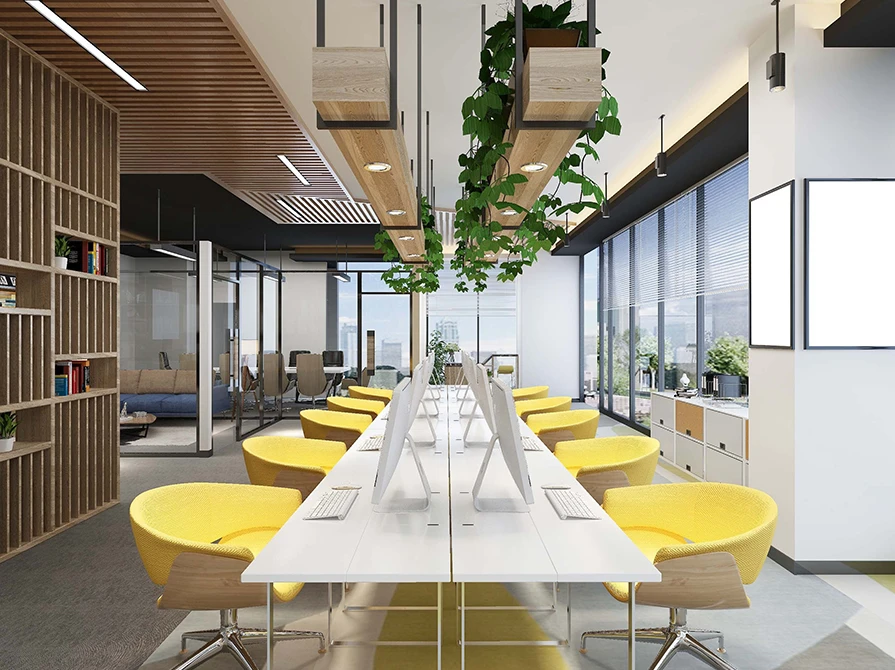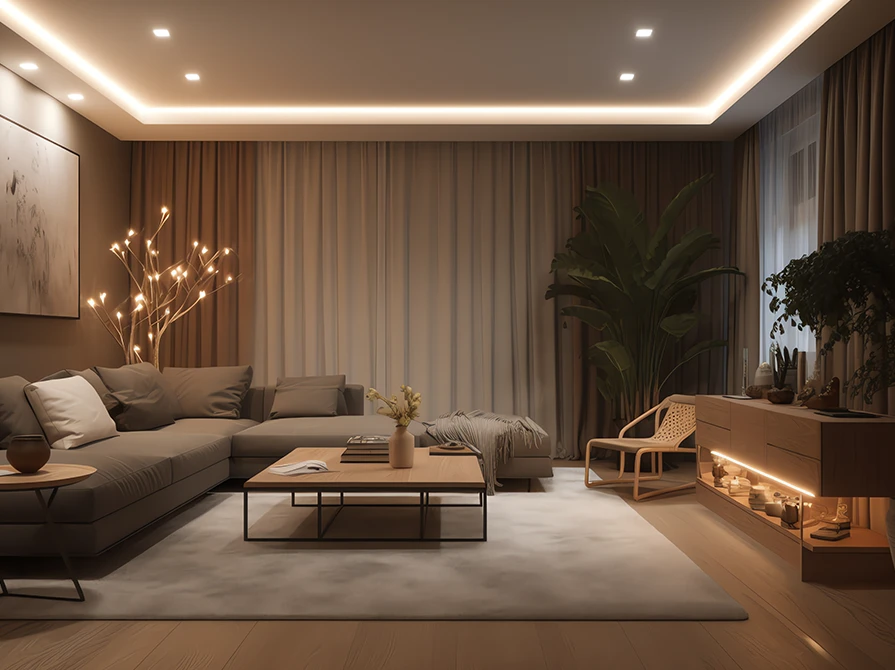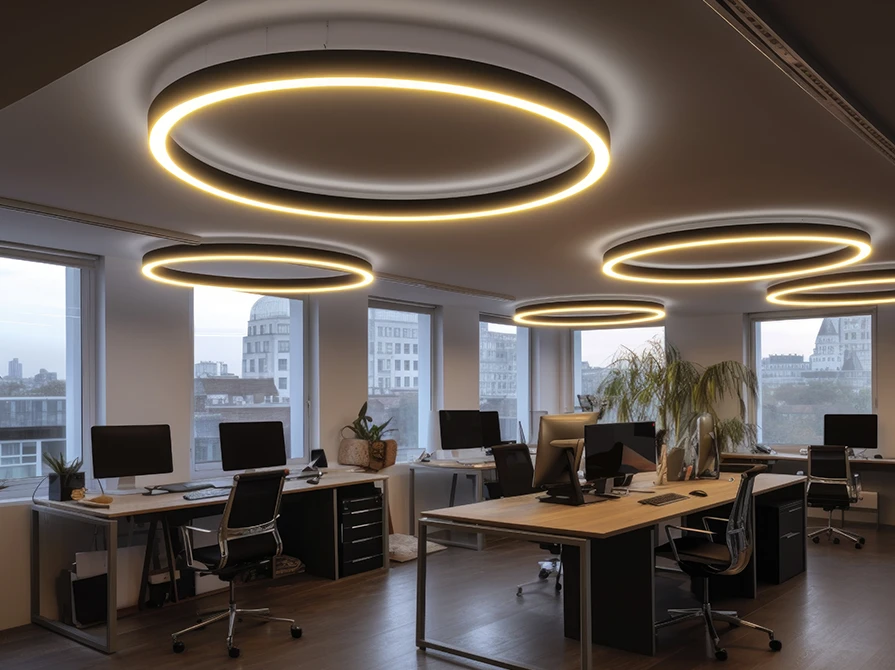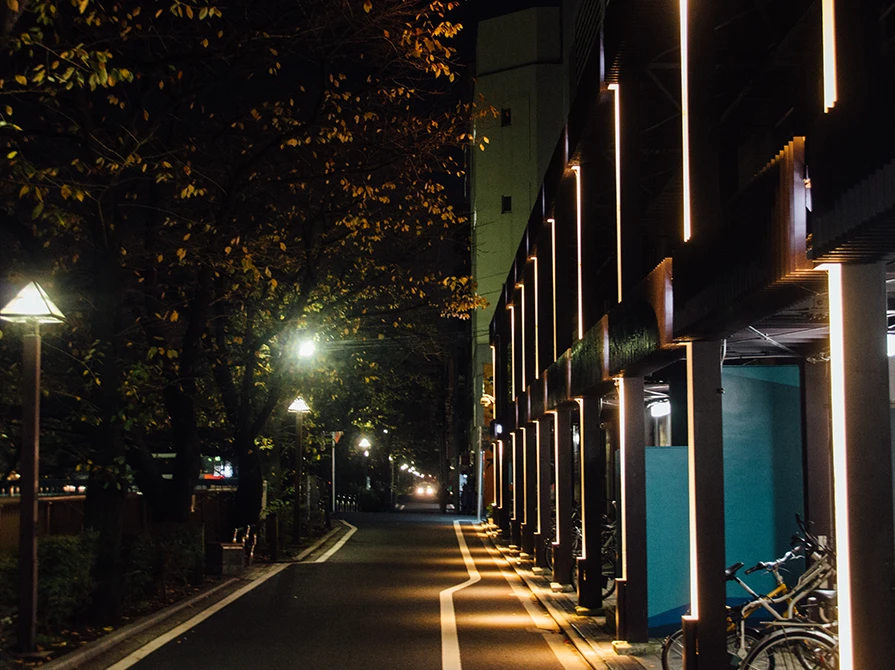

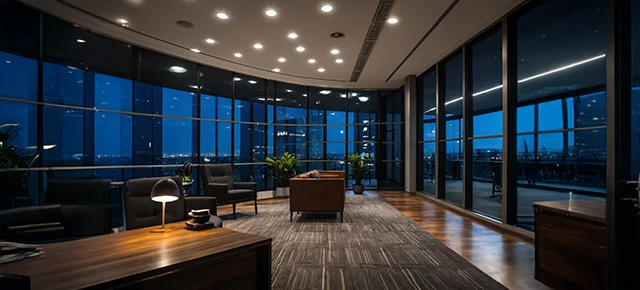
The lighting industry is witnessing a paradigm shift ever since the introduction of LED lights. From the light of the first candlestick to Edison’s revolutionary light bulb and now the implementation of connected lighting; the road to innovation in the lighting industry is merely a beginning. LED lights are the latest technological stride in the industry and are successfully paving a way towards various applications that were once unimaginable. Be it controlling the fixtures, tracking and analyzing them for data or even using them to transmit data, LED lights are nothing short of a technological wonder.
For centuries the greatest human minds have worked together to ease and improve the living and working conditions. Computers, cell phones, Internet have already spearheaded the transformation, and now LED lights are becoming the next cornerstone.
Lighting has a pronounced effect on humans. Not only does it enable us to see, but it also stimulates us by influencing our mood and activity levels. As the name suggests, Human-centric lighting is the interplay of light, space and climate that improves the health and well-being of the humans. It effectively alters spectrum, intensity, and timing of the LED fixture to illuminate an area that bears a synergy with the human biological clock. Human Centric Lighting works by imitating natural daylight for increased productivity and provide lighting that is ideal for human beings.
The idea of human-centric lighting is to illuminate workspaces that improve productivity, creativity and alertness of the employees. Since our physiology response to light depends on the characteristics of light such as its intensity, timing and color spectrum; it is essential to tune these parameters for maximum effectiveness.
Now that we know that the effect of lighting goes way ahead than just illuminating a space, it is time to look beyond its visual effects.
LED lights are tunable and controllable across a spectrum of color temperatures which enables the human-centric lighting approach. The correlated color temperature (CCT) is the color appearance of an LED light and is measured in Kelvins. According to research, refreshing light enhances the productivity of the employees. LED lights assist in creating a better working environment and have a positive contribution to the increased efficiency of the workforce.

The Kruithof Curve depicts the correlation between color temperature, illuminance (lux) and how they appear to the observer. LED lights are tunable to the required color temperatures for creating human-centric workspaces. Light with higher red or yellow component (lower than 2700K) is more relaxing, while light with bluer component (higher than 4500K) is more biologically activating. Hence, a typical office environment has illuminance levels of around 400 lux and color temperatures between 2700 - 6500 Kelvin. These levels impact the activating center of the brain which in return improves alertness and the ability to concentrate.
The archetype of modern society is centering itself around odd working hours coupled with a sedentary lifestyle. It is distancing people from the underlying framework of their biological clock. Lighting plays a significant role in regulating the circadian cycles – biological events that repeat after regular intervals. Human-centric lighting inherently accommodates the needs of the people and works in their favor. Not only LED lights are easy on the eyes, but they also help in sustaining improved responsiveness to environmental promptness.
The human-centric lighting is an amalgamation of LED lights, devices, IoT network and design. Semiconductors power LED lights which makes them tunable and controllable over a network. The human-centric lighting design can be used as a connected system which can be further configured to serve its purpose. It can connect to smart light control devices (scheduling devices) such as microwave and occupancy sensors which can detect the absence and presence of people in an area to turn the lights off and on respectively.
Furthermore, the automatic synchronization of the LED lights to astronomical-based event times is now possible with these control devices. This means HCL (Human Centric Lighting) can mimic natural daylight variation which is ideal for human beings to perform at their maximum efficiency.
Tuning light to meet the changing outside environment for a better human-centric approach is merely a beginning and will soon see adoption by workspaces. However, the fact is that LED lights are the primary enabler of this human-centric lighting approach. LED light manufacturers like Wipro Lighting are continually innovating the lighting industry with technology that enables connected lighting, smart lighting and human-centric lighting approach. The technology is already here, and the implementation of human-centric lighting is merely a step away from becoming the next milestone in the era of LED lights.
